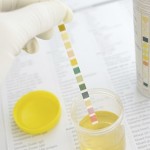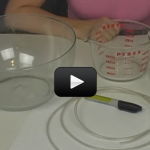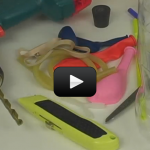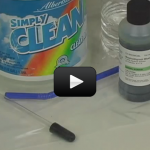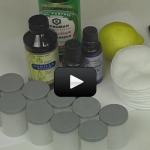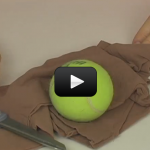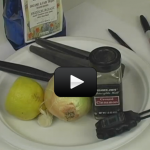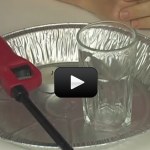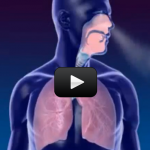Two Systems
In this section, you will learn about two body systems. The excretory system removes waste from the body. The respiratory system removes carbon dioxide, which is one form of waste, from the body.
Along with carbon dioxide, a major form of waste is urine, which is removed by the urinary system. This is important because removing waste is a crucial function of the body.

